
8 of the best islands in Fiji



Waya Island in the Yasawas archipelago, Fiji. Mark Meredith/Getty Images
With over 330 islands in Fiji’s archipelago, choosing where to go might feel a bit overwhelming. Rest assured that there are no bad choices. Each island has its own special characteristics and sense of place, offering everything from decadent resort experiences to family getaways or backpacker adventures. It is worth doing some research in advance, but wherever you go, expect the warmest welcome the world has to offer from the moment your plane lands in Nadi (pronounced NAN-dee).
Here’s our rundown of Fiji’s best islands, and how they might fulfill your travel wishes.

1. Viti Levu
Best for urban life and family-friendly resorts
The international gateway to the Fijian islands, Viti Levu has a bit of everything the country has to offer, from internationally famous, carefully manicured resort areas such as Denarau Island to the mountain village of Navala, where locals live in thatched bure (huts).
Families will love the range of quality activities like kayaking or rafting down the Navua River, zip-lining over treetops at Zip Fiji, walking through the Garden of the Sleeping Giant, relaxing on the beaches of Natadola and taking a bike ride along a former sugarcane railway at Ecotrax.
The island also hosts three of Fiji’s national parks, promising escapes into the wilderness. Dive with resident tiger sharks in Beqa Lagoon, snorkel the thriving reef at Nananu-i-Ra or simply soak in some sun on the dazzling white sands of the Coral Coast.
In the cities, get a taste of modern Melanesian life in the capital, Suva, with its lively Municipal Market, the informative Fiji Museum and many ultra-modern, air-conditioned shopping malls. Fiji’s main transport hub, Nadi, showcases the country’s Indian heritage through the impressive Sri Siva Subramaniya Swami temple, numerous sari shops and fiery, delicious curries.
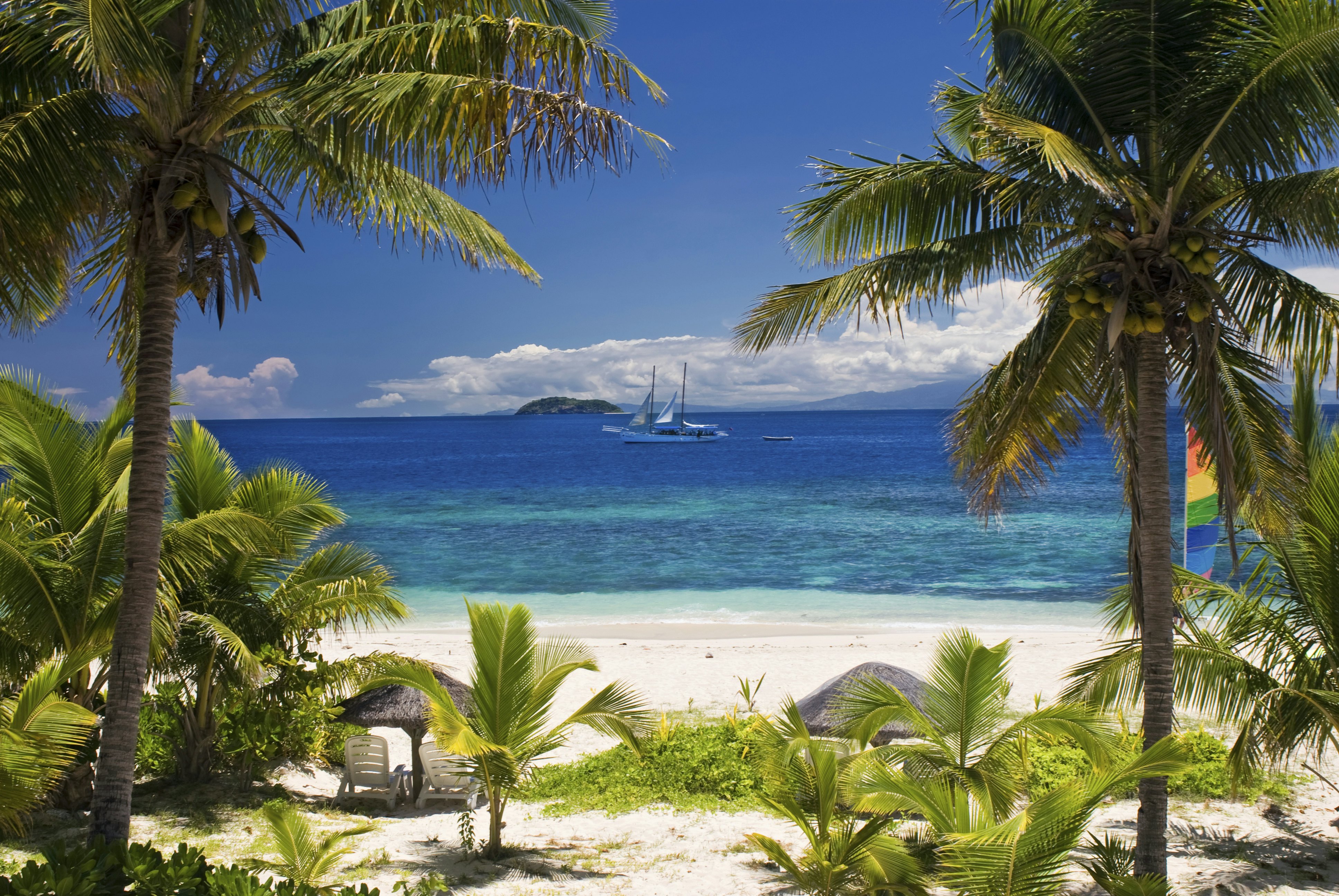
2. The Mamanucas
Best for white-sand islands and surf breaks
Ah, the Mamanucas... This near-perfect string of white-sand islands hover in the blue water like some hallucination of paradise. Uninhabited Monuriki Island, for example, is so picture-perfect that the film Cast Away (2000), starring Tom Hanks, was filmed here.
Famous surf spots like Cloudbreak lure in those in search of the barrel of their life, while friendlier waves attract those still working on their paddle power. Pristine reefs with sea turtles, reef sharks, rays and resident fish encircle just about every island in the chain, making for a snorkeler’s heaven. When it’s time to dry off, an empty beach is but a paddle away.
Beachcomber Island is known as the reigning party resort island of the country, with bottles of barely chilled Fiji Gold or Fiji Bitter flowing with abandon. Backpackers in the Mamanucas tend to follow a trail that coincides with the Bula Pass, a boat-transfer ticket that will whisk you from island to island. Yet if you have the cash to spare, there are plenty of upscale resorts that offer champagne beach picnics where privacy is nearly guaranteed.
If you want reliably good weather, brag-worthy photos of wonderful beaches and waiters wielding cocktails, the Mamanucas are for you.
Planning tip: Since most of the Mamanucas are only an hour away from Viti Levu by boat, you can easily visit on a day trip.
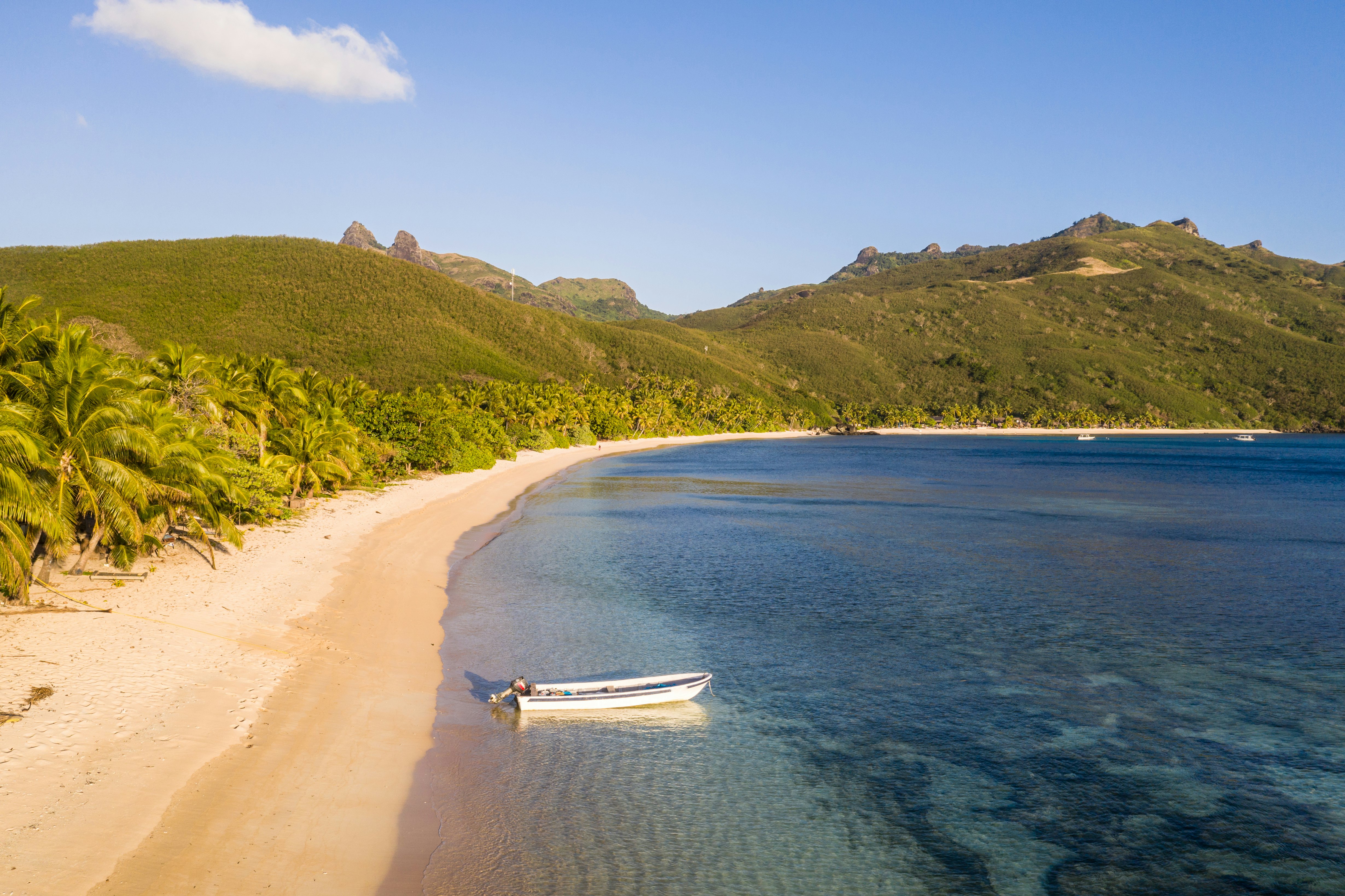
3. The Yasawas
Best for blissful isolation
The Yasawas follow the tropical tail of the Mamanucas north, leading to quiet and isolated bliss. A high-speed catamaran or a small plane makes getting there from either Viti Levu or the Mamanucas a cinch. Once you’ve arrived, you’ll find accommodations ranging from five-star resorts to laid-back backpacker digs.
As you hop from island to island, you can explore the clear, dark waters of Sawa-i-Lau Cave and snorkel and dive the brightly colored reefs throughout the chain. The reef passage between Nanuya Balavu and Drawaqa is frequented by manta rays (although since currents can be strong you should pick your day carefully).
It can be harder to get a glimpse at Fijian living when you’re stuck to the confines of the sandy shoreline your resort is set on. Fortunately, Waya Island has a village whose famously hospitable residents welcome visitors with open arms.
Planning tip: Once in the islands, ask at your resort about getting a lift to nearby islands or inquire about local water taxis. Often, these are local motorboats in varying stages of disrepair – and with scant regard for safety equipment – but you can rest assured that the boat captains here know the water, reefs and weather like the back of their hands.
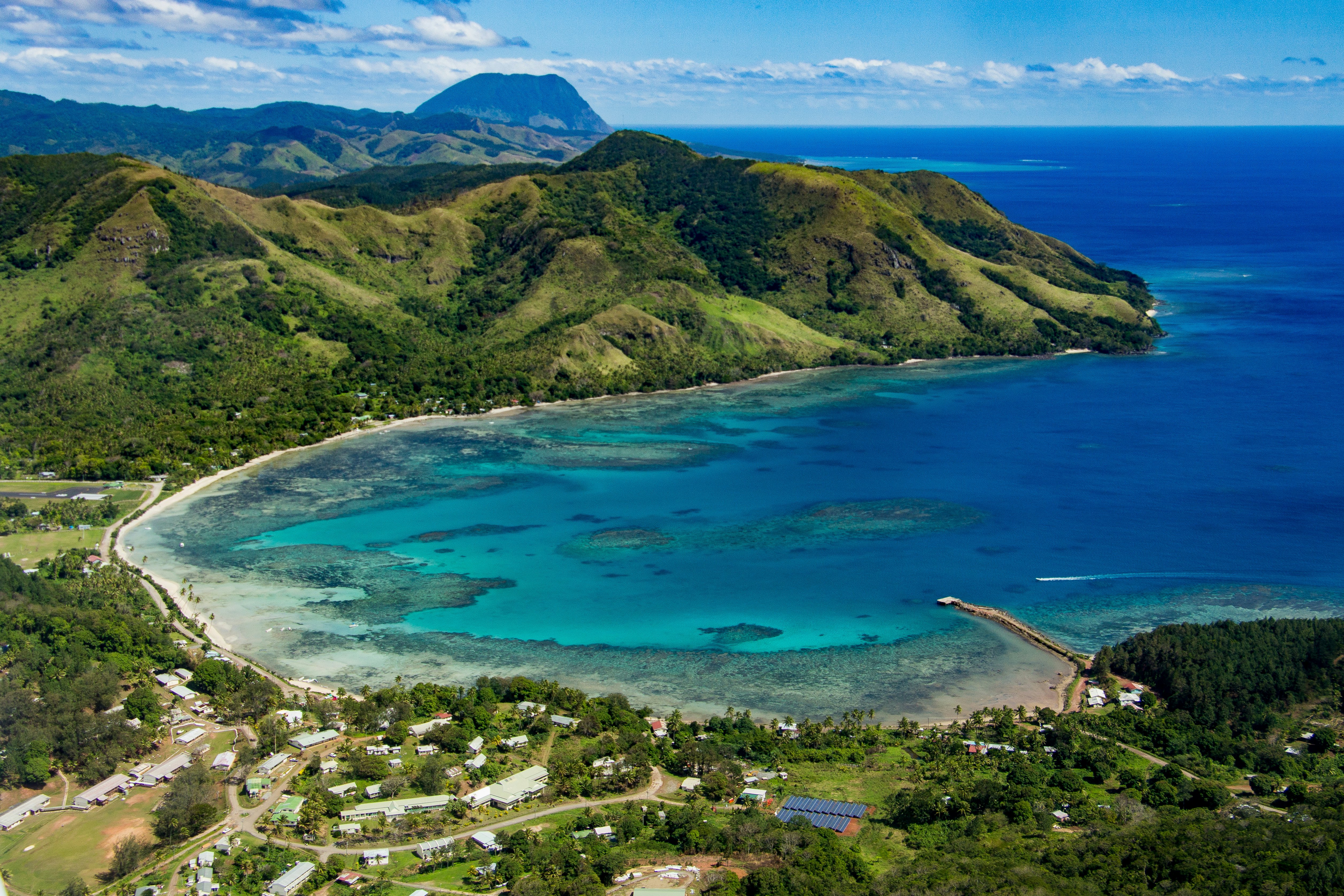
4. Kadavu
Best for off-the-beaten-track adventures
Remote and real yet easily accessible by plane or boat from Viti Levu, Kadavu is one of Fiji’s best off-the-beaten-track spots. Eco-adventurers will find happiness at the handful of resorts that grow their own organic produce and work collaboratively with Kadavu’s local villagers.
Anywhere you stay, you’ll likely have to get there by boat from the main village, passing by jungle coves untouched by humans but alive with rare and colorful endemic birds. The east part of the island is fringed by the Great Astrolabe Reef, the fourth-largest barrier reef in the world, renowned for its cavern and tunnel-filled underwater landscapes, manta rays and phenomenal fishing.
Planning tip: Each resort has its own boat and will pick up guests from Vunisea airstrip; just be sure to make arrangements in advance. Note that boat trips are expensive due to fuel costs. In rough weather, it can be a wet and bone-crunching trip to more remote resorts.
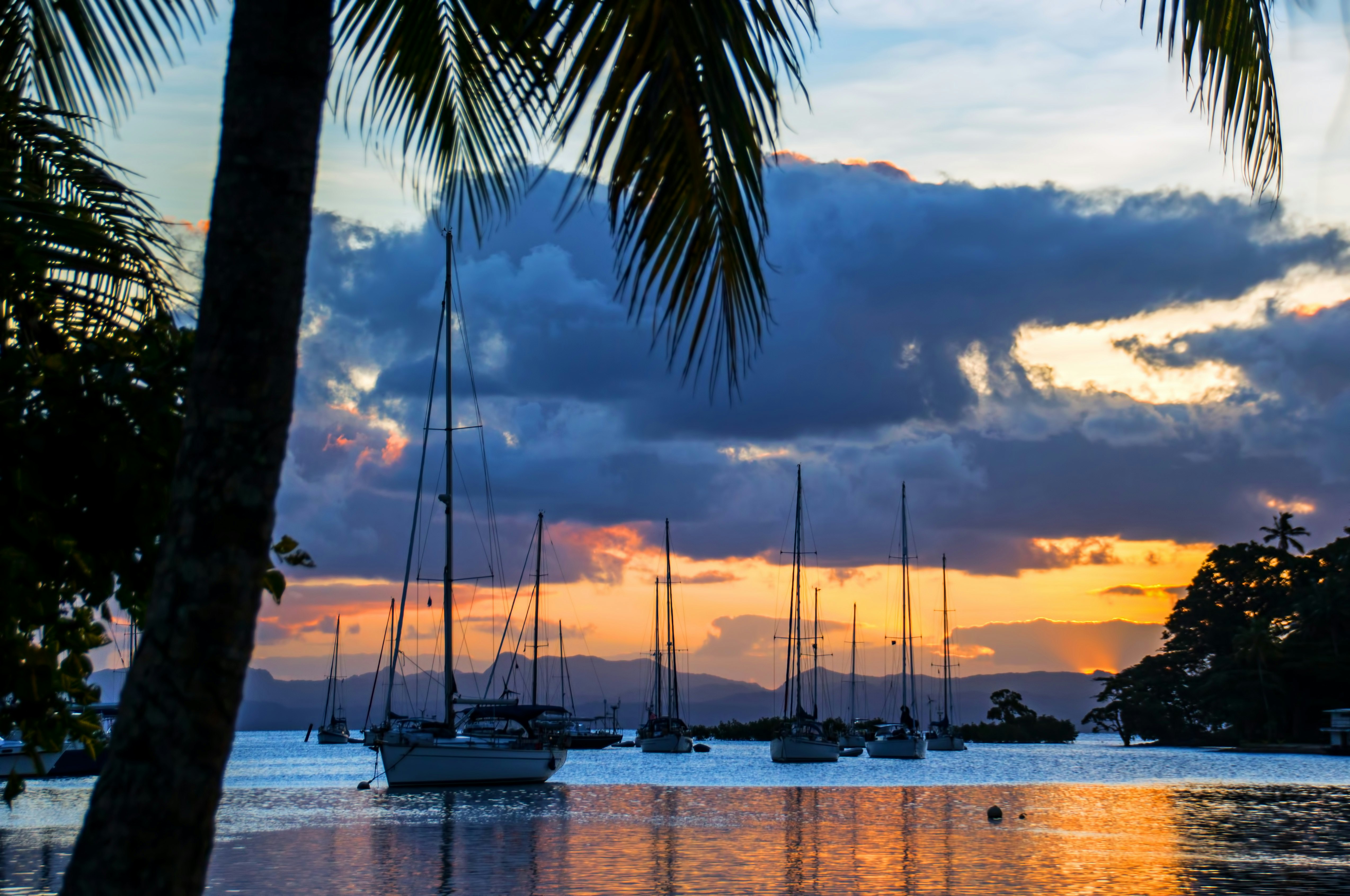
5. Vanua Levu
Best for exploring traditional villages and diving
High, waterfall-strewn peaks rise in contrast to the bucolic lowlands of sugarcane and coconut plantations on relatively untouristed Vanua Levu.
The main flower-filled settlement of Savusavu attracts sailors and divers with its sheltered green bays and a small selection of shops, bars, restaurants and marina (which doubles as a social club). Outside town are miles of near-empty beaches, some with resorts, some fronted by villages and others only surrounded by jungle. Visitors should rent a 4WD to explore the wilds.
Divers in the know make the pilgrimage to the Rainbow Reef, famous for its forests of soft corals. Even-more-dedicated divers go to the nearby Namena Marine Reserve for the country’s most pristine waters, rife with thousands of fish. Get lucky enough at the right time of year and you might spot a pod of dolphins or migrating whales in the waters around Savusavu.
Planning tip: If you do decide to rent a vehicle to explore the jungle, be aware that gas stations are few and far between, and almost everything is closed on Sundays.

6. Ovalau and the Lomaiviti Group
Best for historic buildings and offbeat travel
On Ovalau, Levuka was once the capital of Fiji, and today it’s one of the only towns in the South Pacific with colonial-era buildings and a UNESCO World Heritage listing. Outside of town, you can hike forested mountains and discover undeveloped coasts dotted with traditional villages. By bike or rental car, Ovalau’s coastline-hugging road offers an easy way to feel the thrill of a big adventure without the commitment of a long trip.
Although Ovalau and its smaller sisters lie close to Viti Levu, few visitors make it over this way. Islands like Leleuvia, Naigani and Koro have very laid-back accommodations on alabaster beaches, while Wakaya hosts the Wakaya Island Resort and Spa, one of the country’s most exclusive resorts.
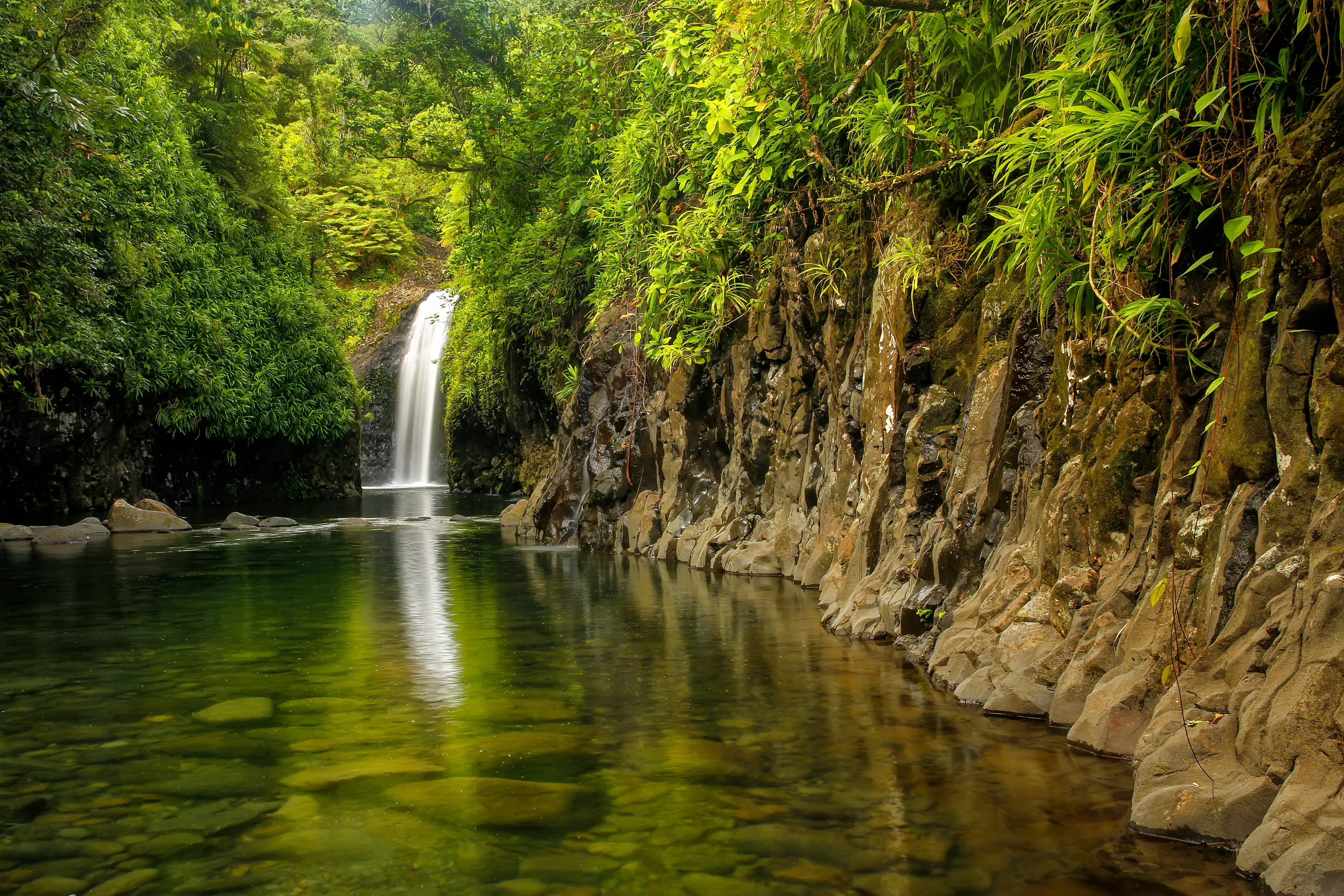
7. Taveuni
Best for jungles, waterfalls and hiking
Known as the Garden Island, Taveuni is Fiji’s third-largest island, and also its lushest. Abloom with tropical flowers and filled with beautiful waterfalls that make for scenic hiking, Bouma Heritage National Park encompasses most of the island. Since most of the forests here are protected, you’ll find many peaks to ascend and coastlines to wander here. One highlight is the Lavena Coastal Walk, which follows the forest’s edge for 5km along white- and black-sand beaches and villages to a waterfall; there’s also a trek to a series of three waterfalls hidden among paths lined with wildflowers.
The Rainbow Reef can also be accessed from Taveuni, while smaller offshore islands like Qamea and Matagi have resorts on sugar-sand beaches. Everywhere you go, you’ll find accommodations for all price ranges.
Local tip: Taveuni is one of Fiji’s best areas for bird-watching, with over 100 species on the island. The forested Lavena coast is a good spot to see orange (or flame) doves, Fiji goshawks, wattled honeyeaters and gray and white herons.

8. Lau and Moala Groups
Best for getting away from it all
Want to get way, way out there? The Lau and Moala Groups are Fiji’s frontiers for visitors, both virtually untouched by tourism. Flights and boat services here are few – but with time, a sense of adventure and (even better) a sailboat, it’s possible to explore these friendly islands of blue water and traditional villages.
In Fulaga, a turquoise lagoon is marked with hundreds of limestone islets and empty beaches. Vanua Balavu also has its own clusters of dramatic islands linked by coral reefs. On Kabara, you can wander through a village with Tongan-influenced architecture and pen a postcard for the monthly supply ship to collect and dispatch.
Elsewhere throughout the Lau group, you’ll discover beaches where coconut crabs are the main inhabitants, explore an overgrown trail to a saltwater lake, search for bats tucked atop limestone caves and peek at coral reefs that have been undisturbed for millennia.













